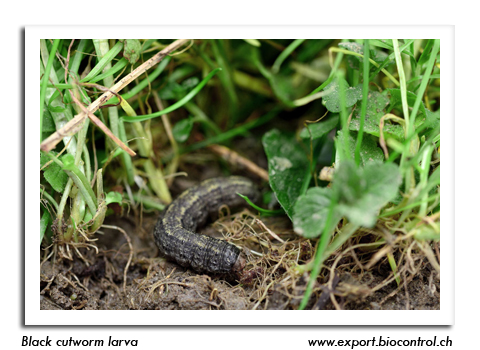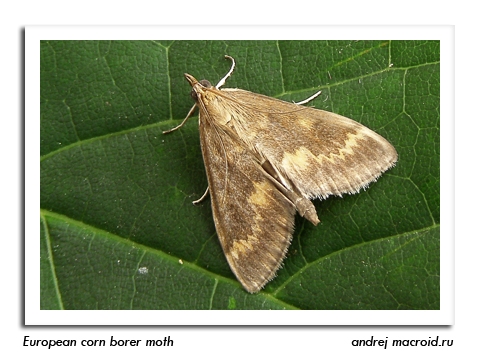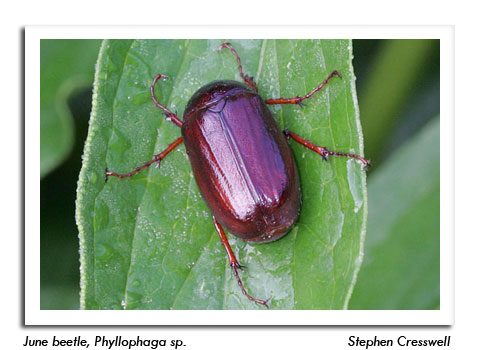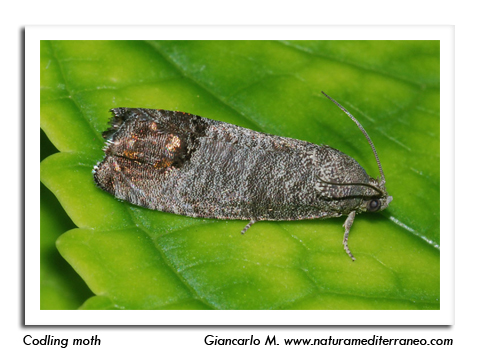
 |
|
|
Looking Ahead
Volume 64 Number 5 Date 05/30/2019 BLACK CUTWORM - Survey traps have collected a cumulative total of 1,207 moths at 44 monitoring sites since the first recorded moth capture of the season on April 4. Repeated significant flights in May signal that damaging infestations could continue to develop throughout June. Many emerging corn acres are under a high threat of larval infestation at this time. Routine scouting for evidence of cutting or below-ground tunneling injury is advised until the V5 stage. EUROPEAN CORN BORER - Degree day accumulations near Beloit, Lone Rock and Madison have reached the 374 units (modified base 50°F) required for the spring flight to begin, though significant moth activity is unlikely until mid-June. Black light trap contents should be closely examined during the next two weeks for any early moths. JUNE BEETLE - Adult June beetles are emerging and recent black light trap counts indicate that locally heavy populations should be expected. DATCP cooperators from Walworth to Marathon County recorded large beetle captures in the past week, with the highest count of 307 beetles reported from Wausau. Foliar feeding damage caused by the adult stage of the June beetle is usually isolated and brief, and control is rarely warranted. CODLING MOTH - Emergence of spring moths began in a few southern Wisconsin apple orchards this week. Five cooperating sites reported low counts of 1-7 moths, and most did not register a sustained flight. Codling moth flight occurs consistently between 6:00 and 11:00 pm in Wisconsin, and winds must be between 3-5 mph with temperatures above 62°F without rain for mating to occur. Daily trap monitoring is critical until the biofix is determined. TRUE ARMYWORM - Moderate to heavy local flights have been documented at several trapping locations this month, signaling that growers should anticipate armyworm caterpillars appearing on perimeter row corn plants in 2-3 weeks. The Janesville black light trap site registered a very large capture of 240 moths from May 23-29, and larvae from earlier flights are now collecting in alfalfa sweep net samples. EURASIAN HEMP BORER - Moths began emerging in a Delavan greenhouse on May 26. The appearance of adults suggests that egg laying on the leaves and stalks of indoor hemp plants is beginning. The larvae of this small moth are considered one of the most destructive hemp pests, therefore routine inspection of greenhouse plants for moths is recommended starting next week. The biological insecticide Bt and natural enemies such as parasitic Trichogramma wasps are control options for IPM programs. -- Krista Hamilton, DATCP Entomologist 





|
|
|